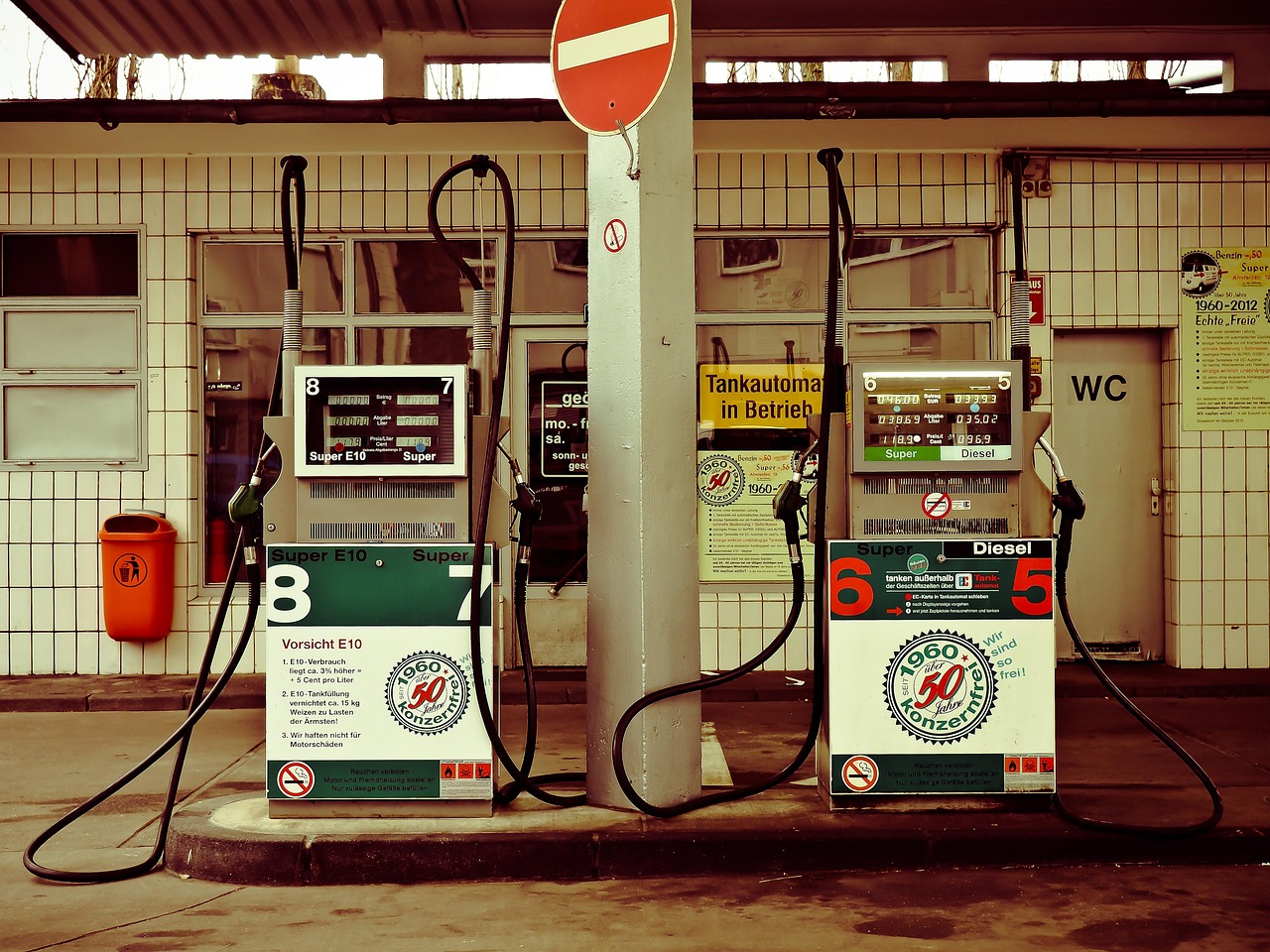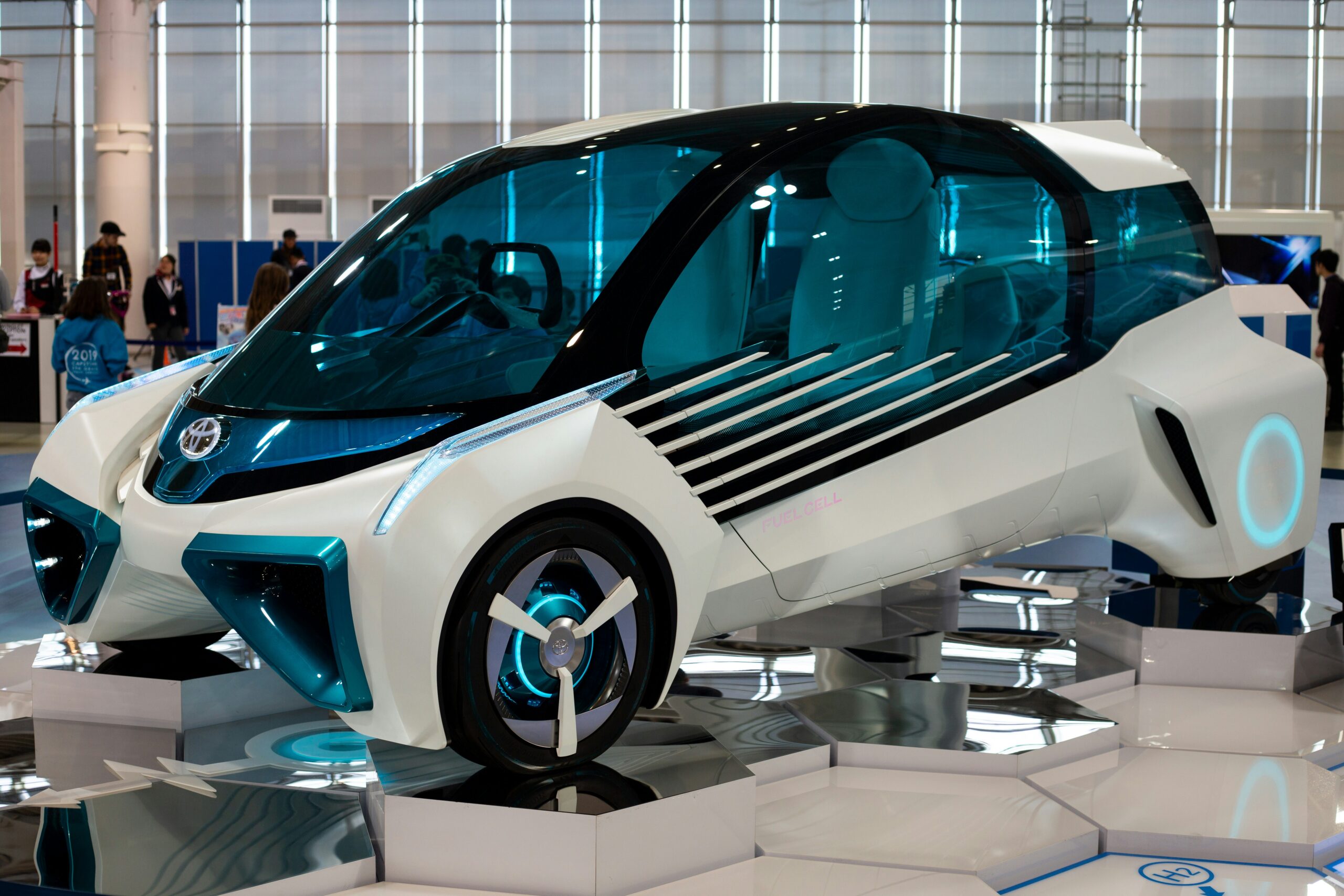The automotive industry is undergoing a significant change with the growth of alternative fuel technologies. Although battery electric vehicles (EVs) have recently received a lot of attention, hydrogen fuel cell vehicles (FCEVs) are also coming into the picture. Both the technologies are zero-emission solutions but the adoption rate, infrastructure and the sustainability of the two is completely different. In spite of the efforts being made by the governments and manufacturers to reduce carbon emissions through green transportation, one question can be asked; Can hydrogen fuel cell vehicles be as good as battery electric vehicles or will they remain limited to a particular application?
In this article, the author discusses the technological improvements, the benefits, and the drawbacks of hydrogen FCEVs, in comparison with EVs, and their possible place in the future of transportation.
How Hydrogen Fuel Cells Work
Fuel cell vehicles that run on hydrogen are different from conventional internal combustion engines and battery electric vehicles. They do not store electricity in a battery like battery EVs, but rather produce electricity on demand from a chemical reaction between hydrogen and oxygen in a fuel cell stack. The electricity produced is used to power the motor, with water and heat as the only by-products. In contrast to traditional EV’s that must be directly charged, FCEVs require refueling of hydrogen from stations similar to gasoline fueled vehicles. A hydrogen fuel cell vehicle’s key components are a fuel cell stack that converts hydrogen into electricity, hydrogen tanks for storing compressed hydrogen, an electric motor to move the vehicle and a small auxiliary battery to control energy flow.
Pros and Challenges of Hydrogen Fuel Cell Vehicles
Advantages and Challenges in Comparison to EVs
Refueling and Range – Hydrogen FCEVs can be refuelled in 3 to 5 minutes and have a range of more than 400 miles on a single tank, whereas electric cars take more time to charge and have limited mileage.
Infrastructure and Efficiency – Charging stations for EVs are being set up at a rapid rate, but hydrogen refueling stations are few and costly to establish. Also, battery electric vehicles use 70-90% of the energy that can be stored in batteries to move forward, whereas FCEVs are less efficient because of energy conversion losses of 30-40%.

However, FCEVs could be the right answer for certain uses, including heavy-duty vehicles like long-haul trucks and industrial vehicles where battery technology is not yet ready.
Environmental Impact of Hydrogen Fuel Cell Vehicles
One of the major concerns for the widespread adoption of hydrogen fuel cell vehicles is their environmental impact. On one hand, emissions are zero at the tailpipe for hydrogen FCEVs, but production of the hydrogen itself can be more or less environmentally friendly.
Green Hydrogen vs. Gray Hydrogen – Hydrogen can be produced in several ways. Green hydrogen is produced from renewable energy sources and is therefore a truly clean energy solution. However, most hydrogen is still produced from fossil fuels (grey hydrogen) which negates many of the environmental gains.
Energy Use and Conversion Losses – It takes more energy to produce, transport and store hydrogen than it does to charge a battery electric vehicle. The environmental costs of hydrogen fuel production, distribution and conversion to electricity should also be taken into account when considering the sustainability of FCEVs.
In conclusion, there is a potential for emissions reduction with hydrogen fuel cells, but the actual environmental benefits will be a function of how the hydrogen is produced and distributed.
The Future of Hydrogen in Transportation
However, there are several key factors that will determine the role of hydrogen technology in the future automotive industry:
- Green Hydrogen Production – The use of renewable energy for hydrogen production will be enhanced.
- Infrastructure Growth – There is the need to increase the investment in the hydrogen refueling networks to enable more adoption.
- Cost Reductions – Improvement in the fuel cell manufacturing and storage methods may reduce the production costs.
- Industry Applications – Hydrogen fuel cells are emerging in commercial transport, aviation, and shipping.
As these developments continue, hydrogen fuel cell vehicles may not replace EVs outright, but rather coexist with them in segments where their benefits outweigh the drawbacks of batteries.
Economic Feasibility and Market Acceptance
The use of hydrogen fuel cell vehicles in the market depends primarily on their economic feasibility. The following are some factors that determine whether FCEVs can or cannot become conventional alternatives to battery electric vehicles:
- Cost of Hydrogen Fuel – Today, production and storage of hydrogen are expensive. As such, hydrogen fuel cannot be as economical as electricity for EVs until production costs are reduced.
- Government Policies and Incentives – Countries that invest in hydrogen infrastructure and provide financial incentives for the purchase of fuel cell vehicles can potentially boost market expansion.
- Automaker Commitment – Current big auto makers, including Toyota, Honda, and Hyundai, are also designing FCEVs, but the industry uptake is lower than that of battery electric vehicles.
- Consumer Understanding and Acceptance – Not many people know about hydrogen fuel cell technology, which has resulted in low adoption rates compared to the growing electric vehicle market.
Fuel cell vehicles running on hydrogen are particularly attractive for situations that require long range and quick refueling. However, issues like high production costs, scanty infrastructure, and low energy efficiency have stopped them from outstriading battery EVs in terms of market share. Although battery electric vehicles are now the forefront of the shift to sustainable transportation, hydrogen FCEVs may still have their place in commercial transport, heavy industries, and areas where battery charging infrastructure is underdeveloped. The future of hydrogen-powered mobility will determine by technological innovation, infrastructure development, and policy measures to ensure its competitiveness with EVs. In the long run, the transportation sector is set to have a variety of clean energy solutions and both battery EVs and hydrogen fuel cells will be vital in emission reduction and defining the future of mobility. The development of a sustainable, low emission transportation sector requires a step by step approach to the advancement of both battery electric and hydrogen fuel cell technologies.


